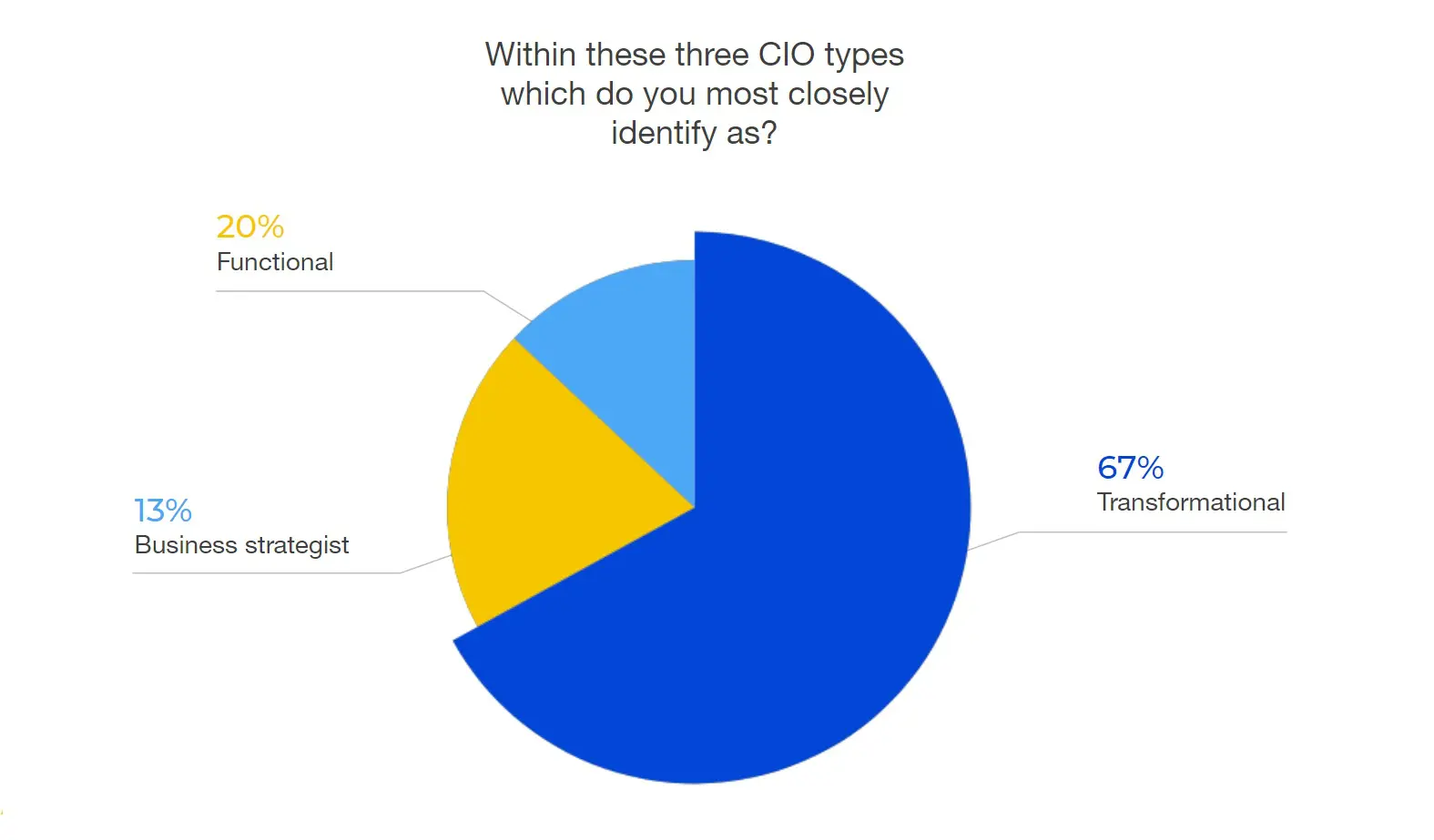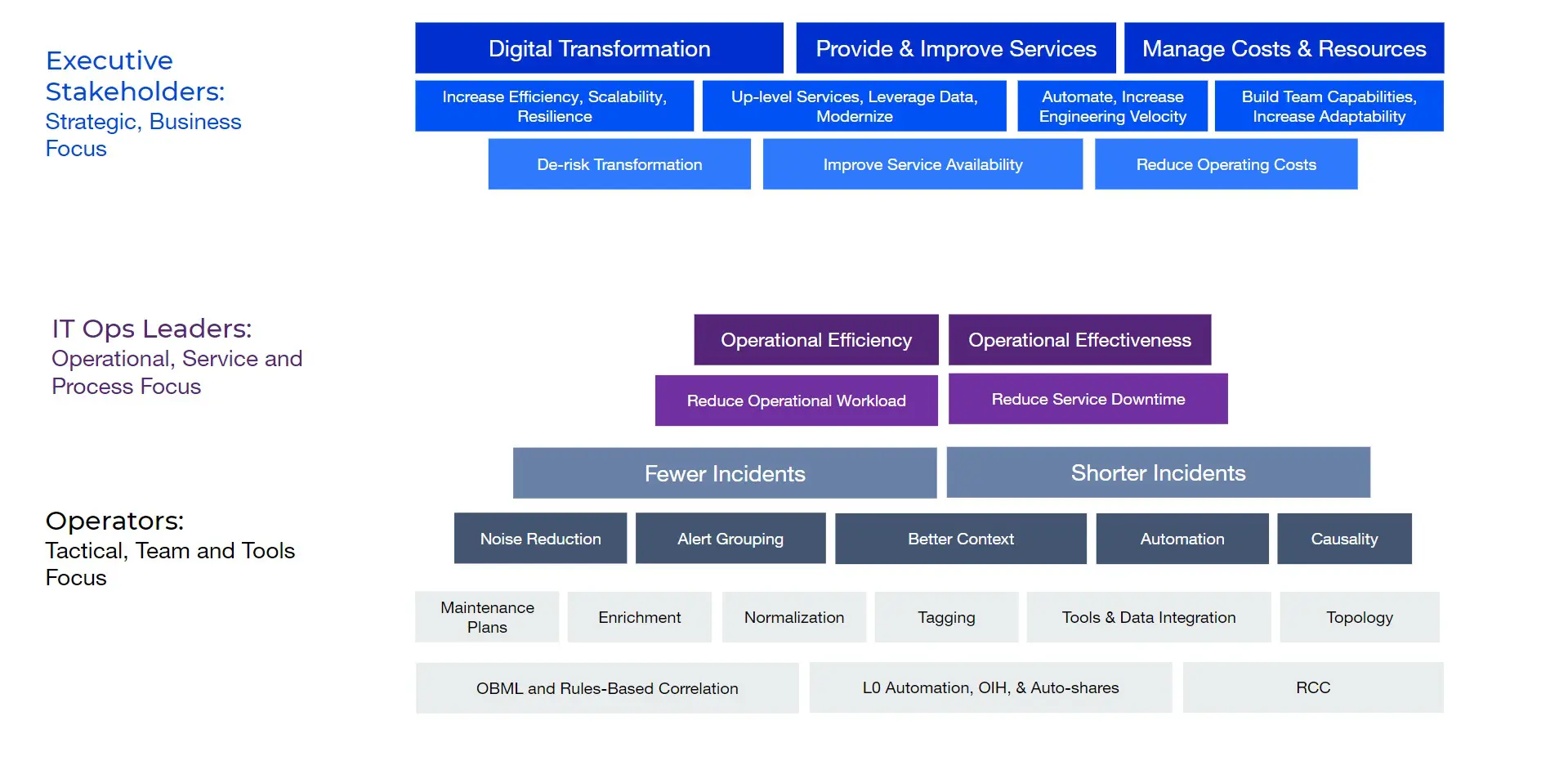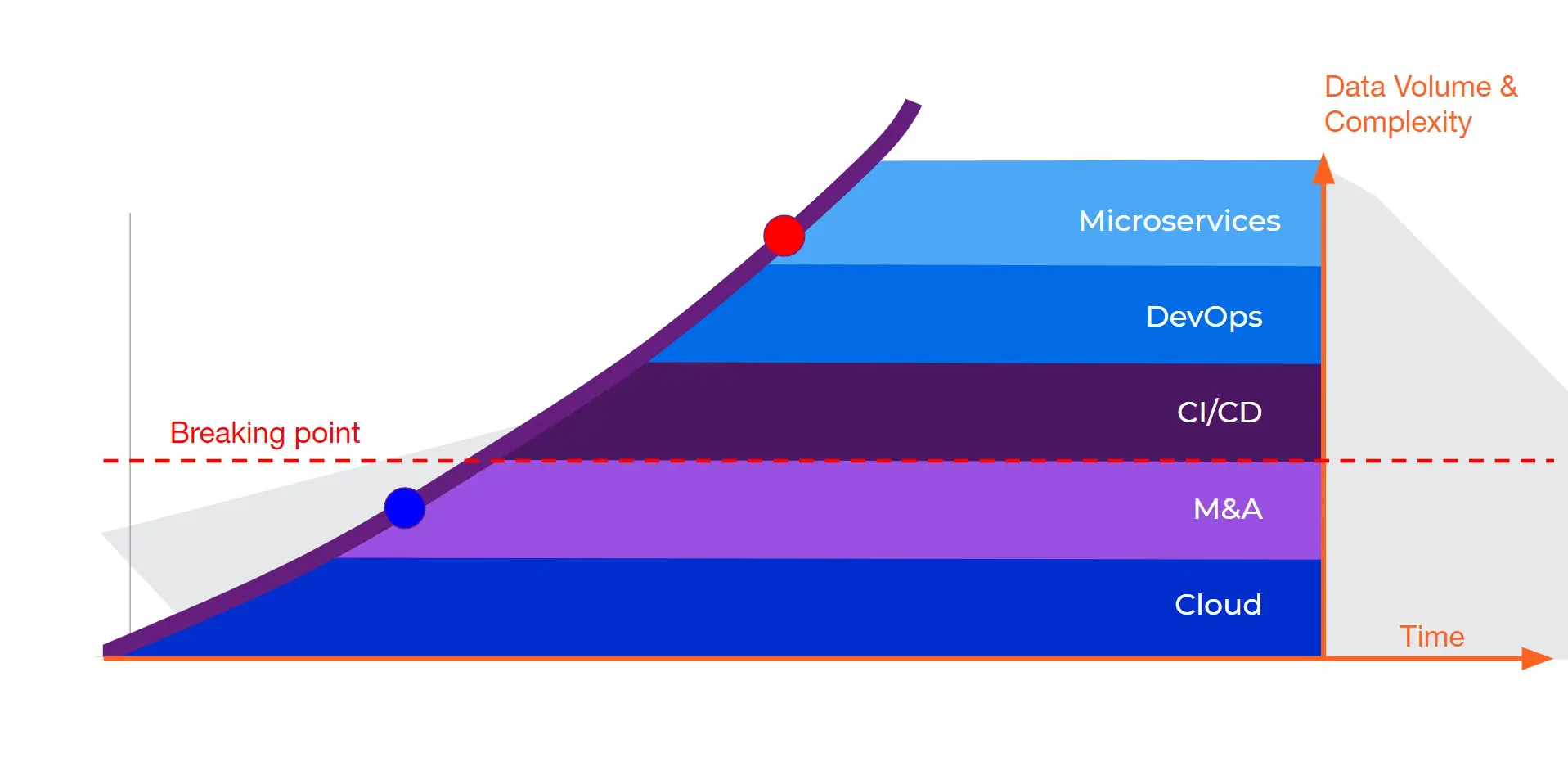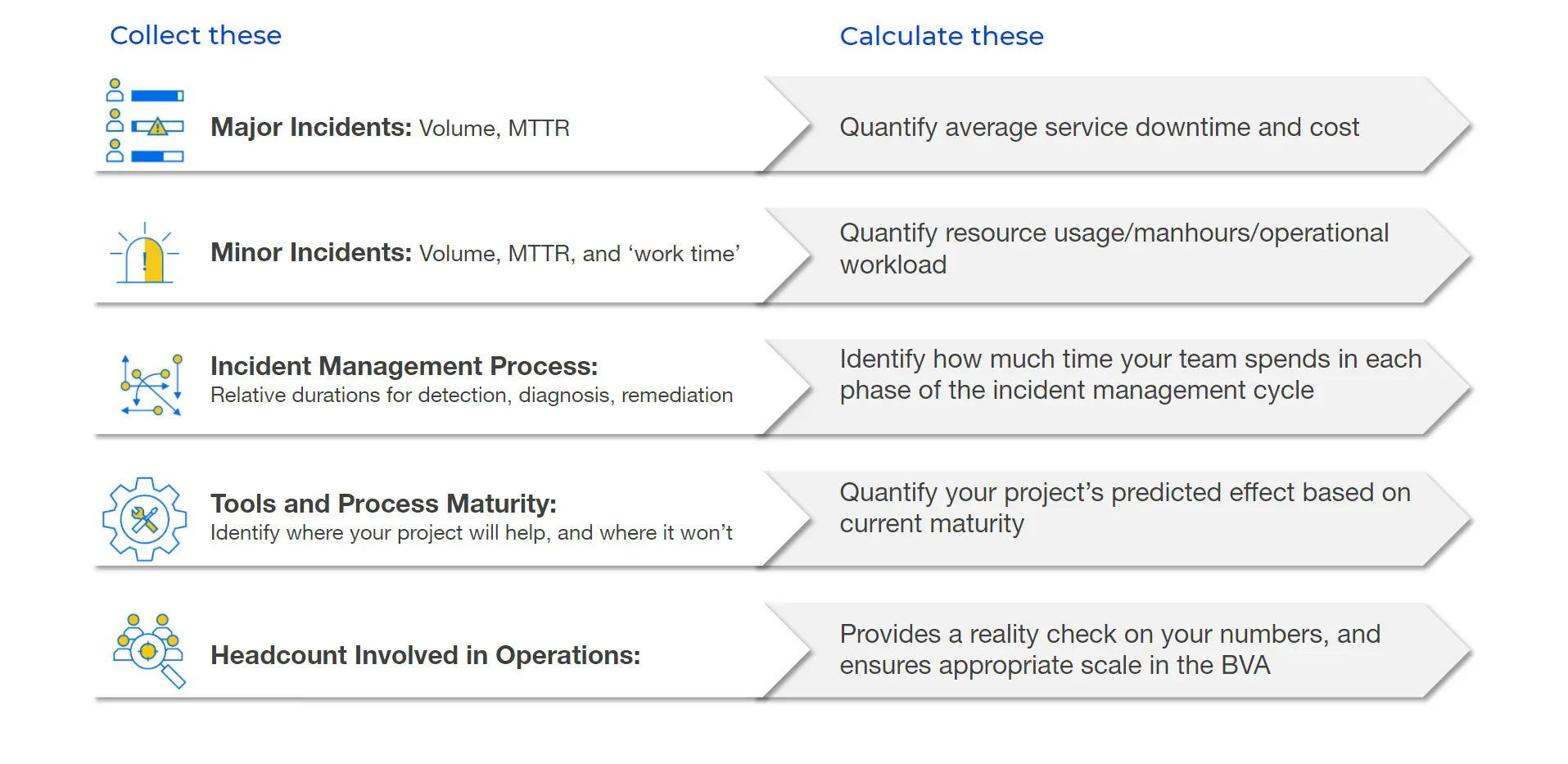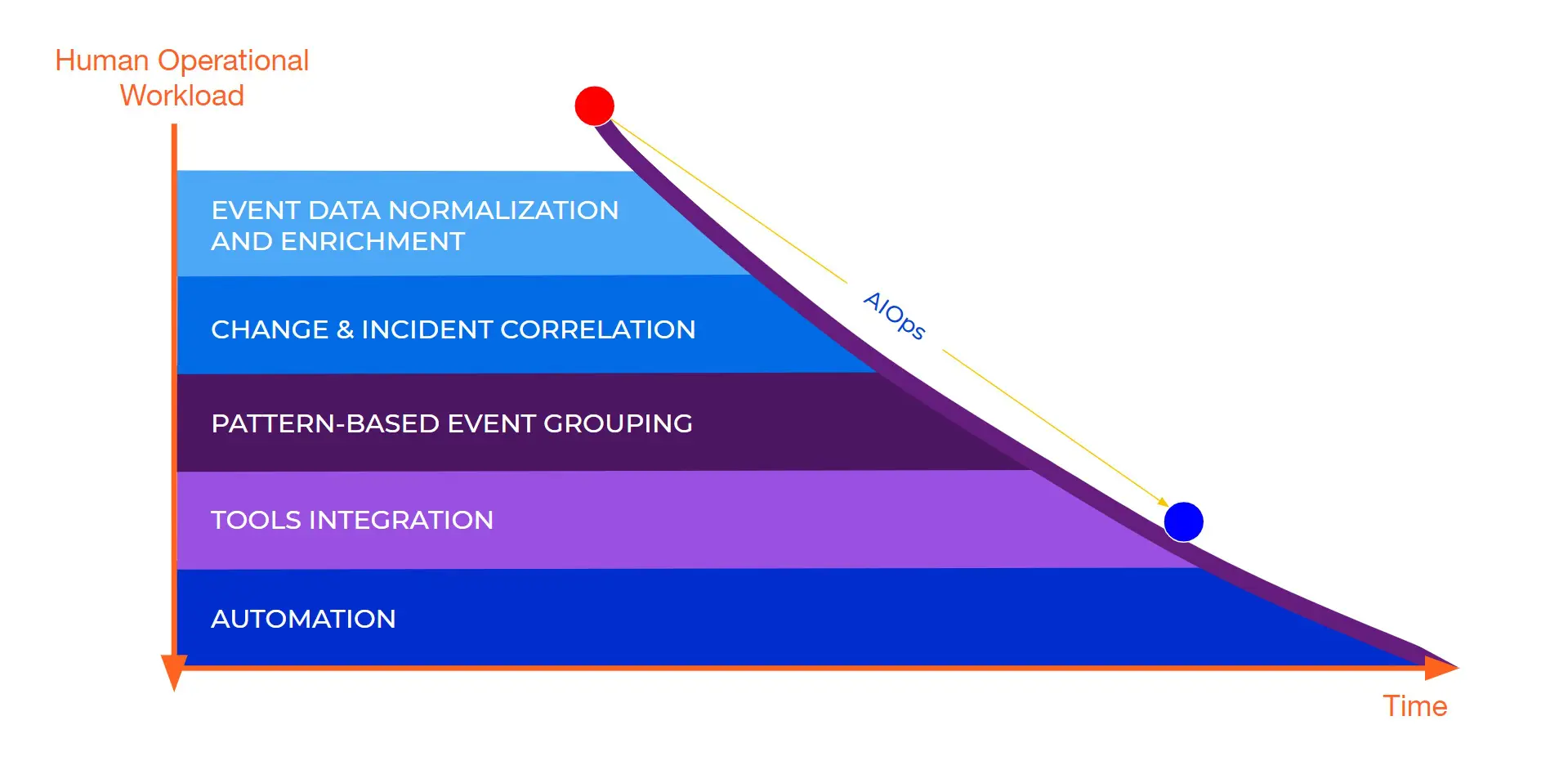The true cost of IT Ops, the value of AIOps
Date: April 21, 2021
Category: Enabling the Business
Author: Jason Walker
In one of our recent webinars we discussed the difficulty in understanding the true costs of IT operations, and how AIOPs can help in lowering them substantially… Following are the highlights of that discussion, also recently published in a Datanami article. Or if you prefer – you can also watch the webinar on-demand here.
Today’s IT landscape is complex, hybrid, and fast-moving, and the adoption of multi-cloud infrastructure, applications, and new digital transformation initiatives is accelerating. IT operations teams, playing a vital role in enabling the delivery of uninterrupted services and creating business value for enterprises, are finding they need to constantly grow their resources to manage all the moving pieces in their IT stack. This can get expensive … but how much are they spending?
With the complex, dynamic nature of today’s IT stack and the operational processes that support it, it truly has become very difficult to assess the actual costs of IT Ops.
Because of this challenge, it can be hard to quantify how much excess resources are being wasted on simply dealing with growing operational processes. Sorting through noise, filtering the signals that matter, recognizing and troubleshooting, sharing with distributed teams — all of these processes become more complex as organizations grow and environments modernize. AIOps solutions can help recoup some of these wasted resources — but how much?
To understand the true cost of IT operations and the value AIOps can provide them, it helps to deep-dive into how key roles and processes in IT organizations have transformed, and how these changes are impacting the way IT operations teams need to operate.
The evolving role of the CIO and the gap it creates
Ten years ago, CIOs focused primarily on optimizing and managing a central IT infrastructure that supported internal operations. In recent years, they have seen their role move to a transformational one – focusing on business and IT strategy and driving initiatives to help expand the business, in a more decentralized IT model.
According to Gartner,
“By 2024, 25% of traditional large enterprise CIOs will be held accountable for digital business operational results, effectively becoming COO by proxy”.[1] [2]
IT operations leaders, on the other hand, deal with running day-to-day operations, focusing on operational efficiency and service uptime. And when discussing operations, the scope narrows even more to actual processes such as alerting, automation, and noise reduction, which are typically short-term projects. These different outlooks and goals create a gap in modern IT operations.
And this gap has a huge effect on IT operations.
When CIO-driven transformation initiatives make their way through to completion and become operational realities for the IT operations teams, the result is not only business modernization, but also a lot more data and more complexity, increasing the load on operations often beyond the “breaking point” of their existing capabilities.
All this increases IT Ops’ costs exponentially, manifesting as added effort and/or reduced performance across all levels of operations (L1, L2 and L3).
Understanding IT Costs through Business Value Assessment
The key to understanding the actual cost of your IT operations lies in assessing the impact of several core metrics on your performance and processes. Along the way, you also identify where AIOps improvements can make the biggest difference and determine the actual financial value of an AIOps adoption project.
These are detailed in the following image:
- Major incidents – their volume and MTTR help quantify your average service downtime – which basically means your Operational Efficiency.
- Minor incidents – their volume, MTTR, and time spent on handling them – all amount to your Operational Performance in man-hours.
- Incident management processes – determining the amount of time you spend on each of your incident management life cycle phases allows you to understand where the most improvement is needed.
- The maturity of your tools and processes – allows you to identify how much you will need to invest in improvement through AIOps adoption, and how much value can be achieved.
- Your headcount – identifying exactly how many people are involved in your IT operations, directly and indirectly, helps close the loop on Opex.
Closing the gap: AIOps to the rescue
AIOps de-risks digital transformation initiatives by allowing IT operations teams to handle the data and complexity that these transformations bring to the table. It does so by providing IT Ops with several capabilities detailed in the following illustration:
What are the quantitative values of AIOps?
- AIOps gets rid of the noise. Whether it’s multiple alerts stemming from the same problem, or a change that caused an alert storm, AIOps identifies and eliminates that noise before IT Ops spends time on it. Correlation, maintenance-based alert squelching both equate to fewer incidents. Typically, 50% or more of incidents are non-actionable noise.
- AIOps helps quickly diagnose and identify the root cause of an incident. That means teams can start remediating sooner and with more certainty.
- AIOps provides automation. That means everything from a unified ops console to automated incident workflow to auto-triggering of remediation actions. Overall, it means speed and accuracy for every incident dealt with or lower MTTR.
These benefits enable organizations to reclaim engineering time and put it to use on transformation initiatives. These also mean improvements to Service Availability.
Once you assess the actual costs of your IT operations and calculate the quantitative values AIOps can bring you – you can make an educated decision on where and how to improve.
If you’re interested in learning more about business value assessment and the value of AIOps, watch the webinar “The True Costs of Downtime To Your Organization”.
[1] Source: Gartner Keynote: The Future of Business in Composable
[2] Source: Gartner Predicts 2021: Data and Analytics Strategies

